"Practice-based Research is an original investigation undertaken in order to gain new knowledge partly by means of practice and the outcomes of that practice." It is a methodology where the lines between practice and research are blurred, and instead of the linear process of moving from research to practice, they go hand in hand.
Here I explored my practice of Observation and Documentation as a way to find out how the language used, and assumptions made by policy documents might not always turn out to be appropriate.
Process
Local Context
I first immersed myself into the local context, by taking short walks around the neighborhood.
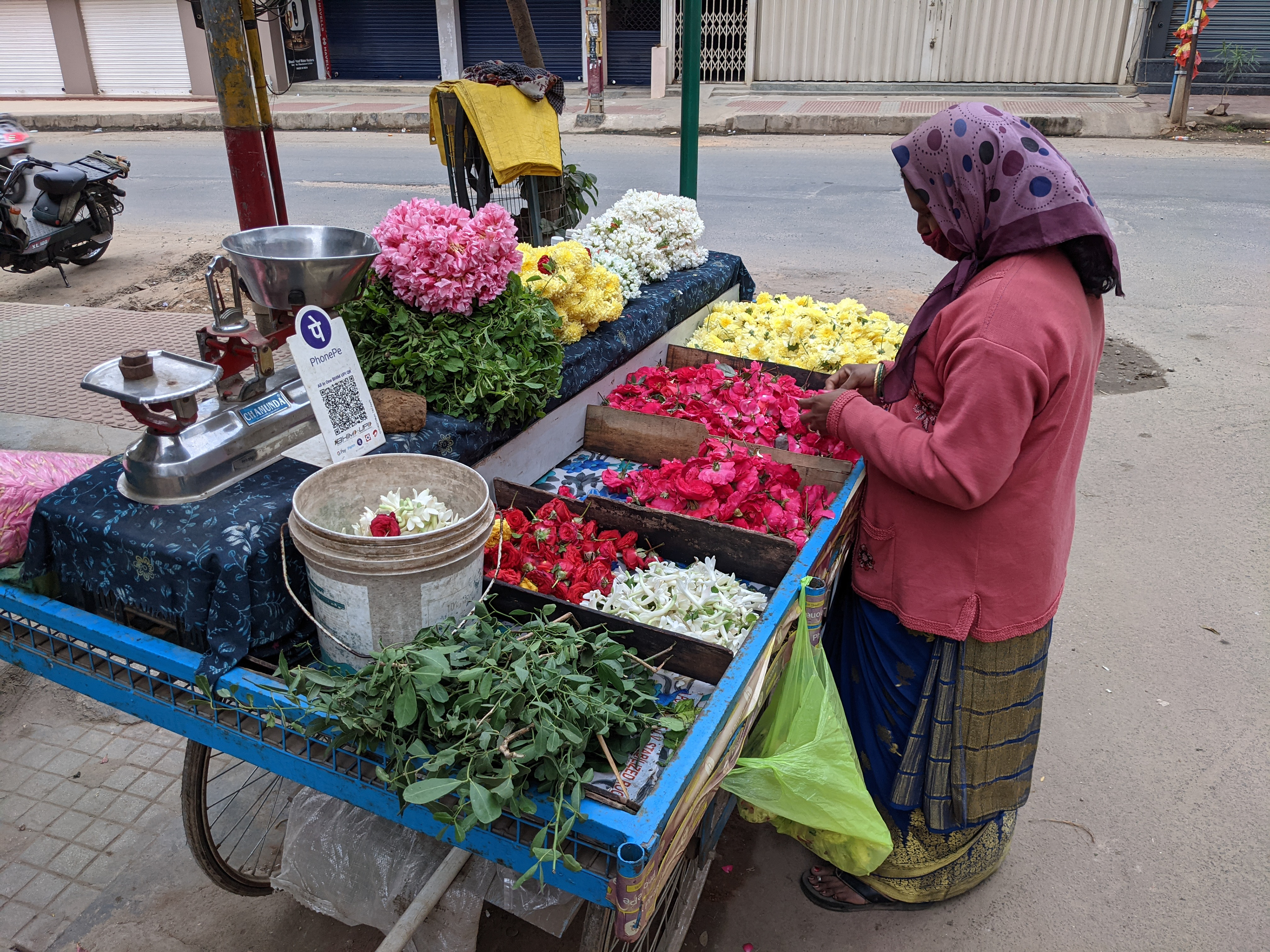
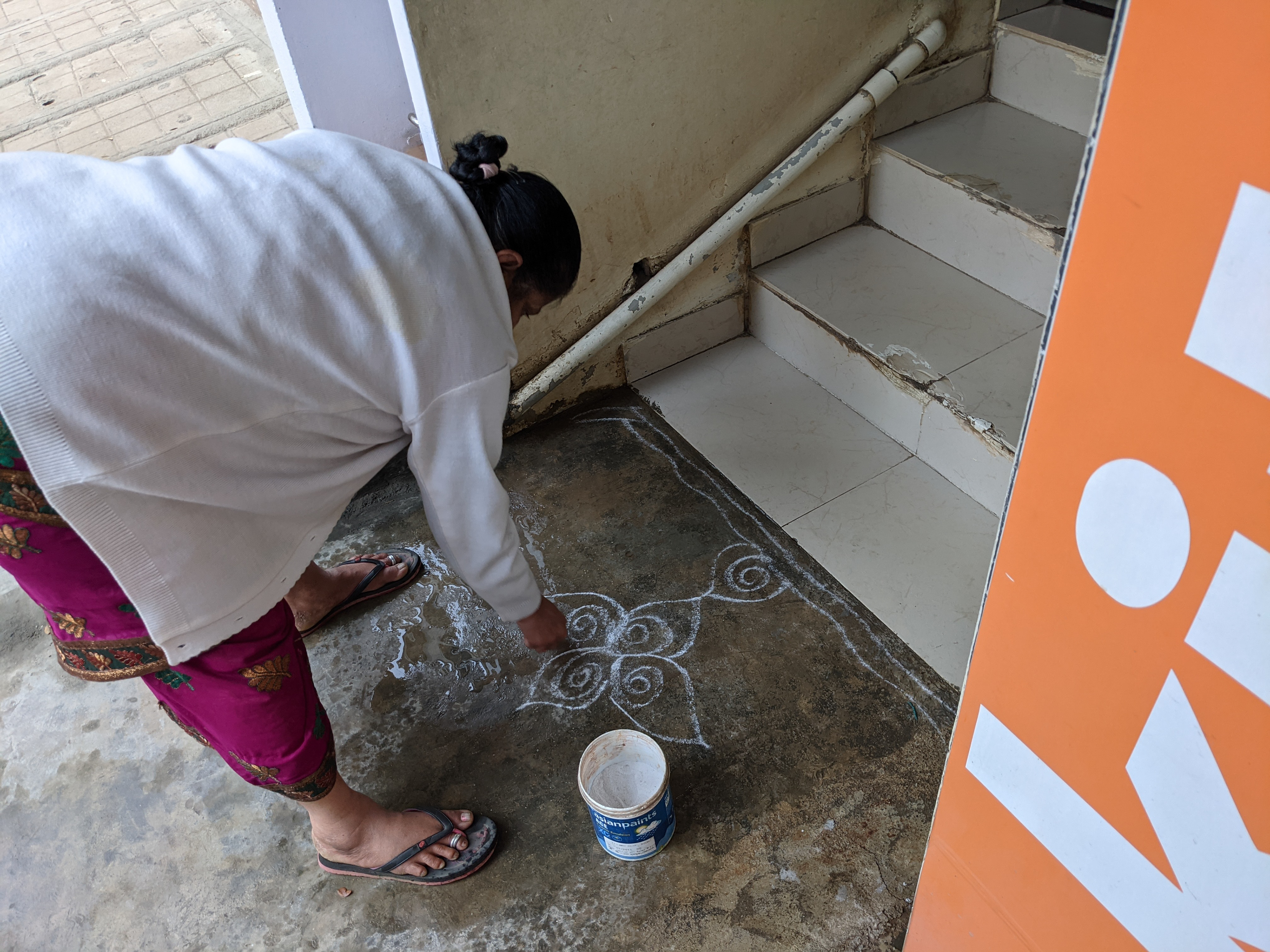
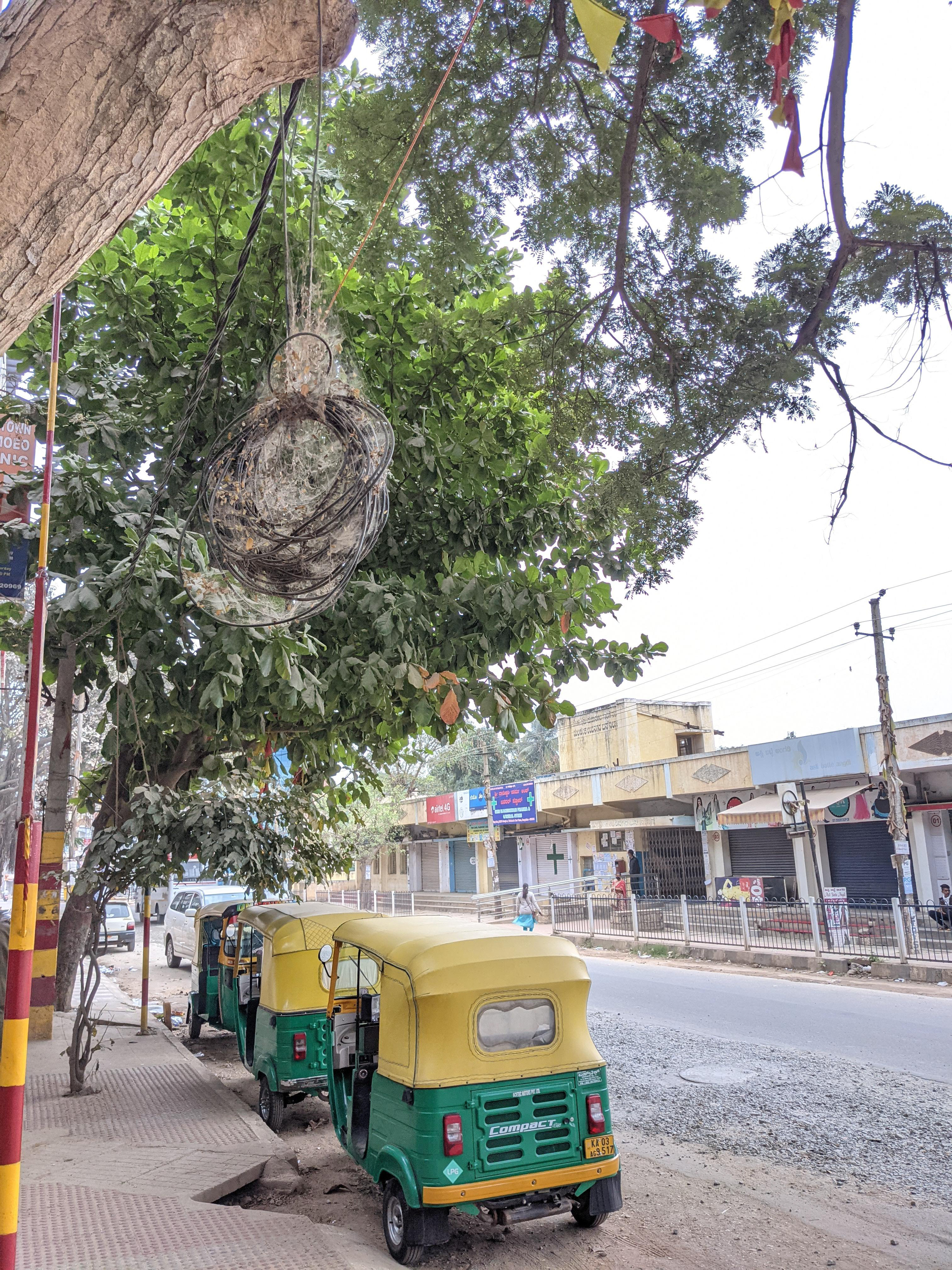

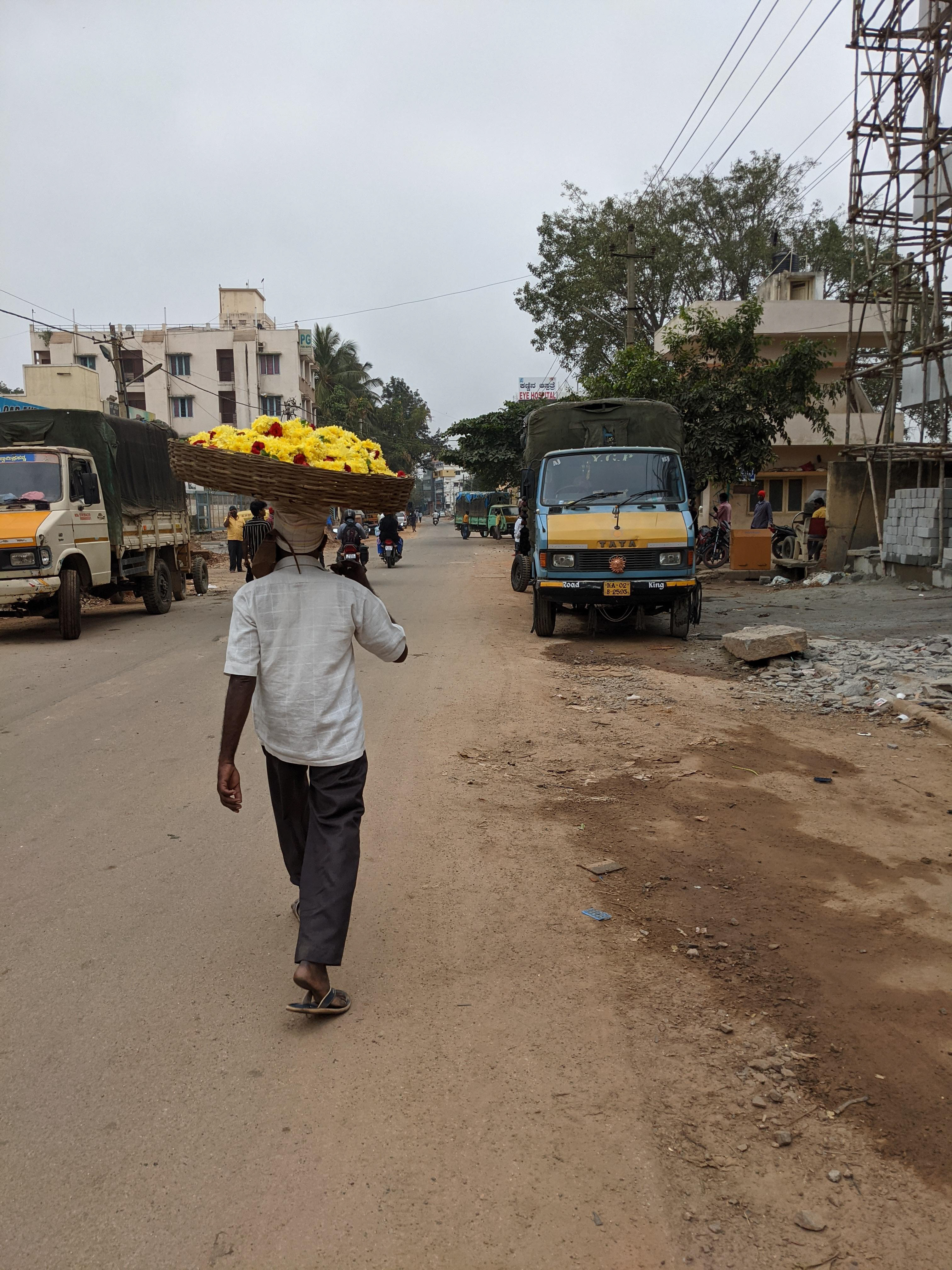
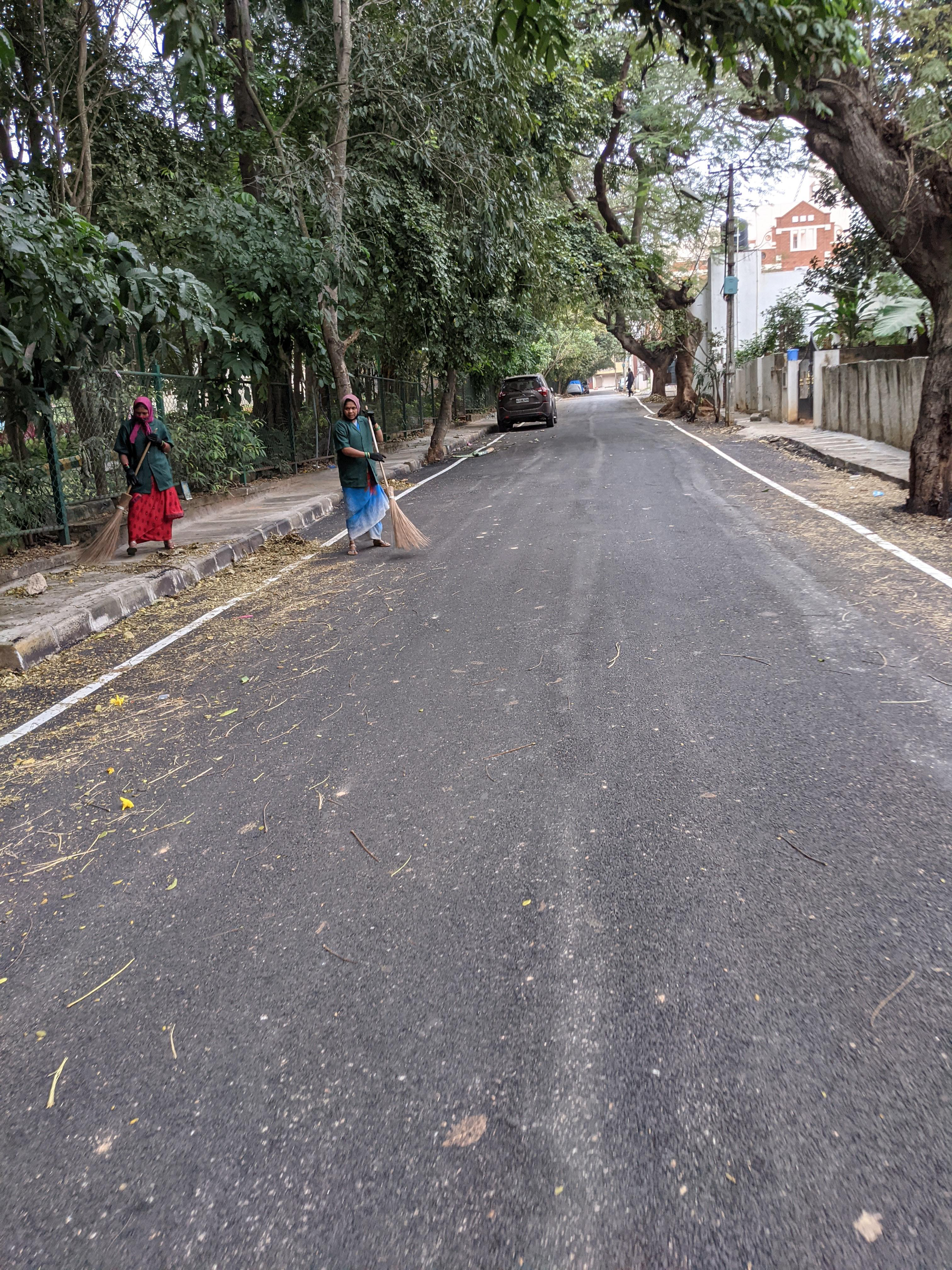
I observed that small vendors and local businesses around us have a world of their own. They work independently and yet are connected by various threads. I set out to explore these connections and document them.
I chose Photography as my medium of documentation, and using that practice, I set out to research more deeply into the chosen context (small vendors and local businesses). Focus was on documenting without prejudice and bias, and then retrospectively analyzing the media that was collected. Steps 5 and 6 of the process were repeated so that every time I go back to the field to document, I have a more focused eye.
Preliminary Analysis of SDGs
Documenting and Categorizing
Category 1: Gatherings
Interconnectedness, social factors, communication, exchange of ideas and things.
Category 2: Spill Overs and Blurred Boundaries
Walls exist but don’t matter, there’s adjustment and accommodation that takes place, find a way around these rules, boundaries, accepted over time. Boundaries can also be blurred in a temporal sense, where we see an intersection of the past and the present.
Category 3: Movement of Materials
Materials from near and far, processed, manufactured, natural and man made, raw and processed.
Category 4: Transactions and Time
Time can be documented using a set of pictures taken in succession.
Based on this study of my documentation, I went on to ask critical questions about how Policy documents are written and the difference between their imagined reality and the situation on the ground. In specific, I chose 4 of the 17 UN Sustainable Development Goals to analyze.
Outome 1: Critical Examination of the SDGs
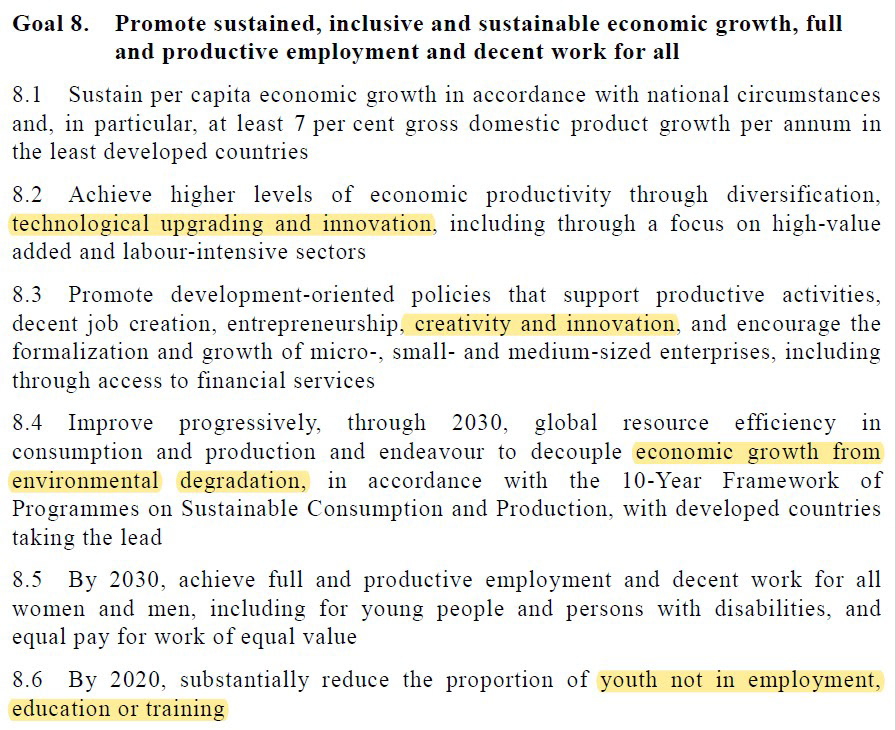
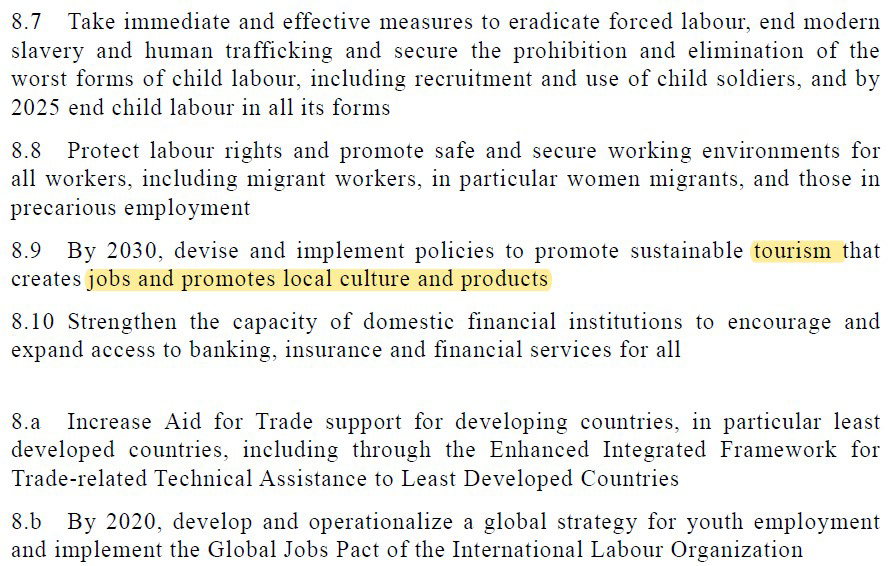
Questions/Observations:
a. Lower penetration of technology into the 'informal market'
b. Identifying present and possible creativity/innovation in the informal market
c. Impact of growth of informal market on the environment
d. Current and future role of youth in the informal market
e. Role of movement of people/materials on informal market
b. Identifying present and possible creativity/innovation in the informal market
c. Impact of growth of informal market on the environment
d. Current and future role of youth in the informal market
e. Role of movement of people/materials on informal market
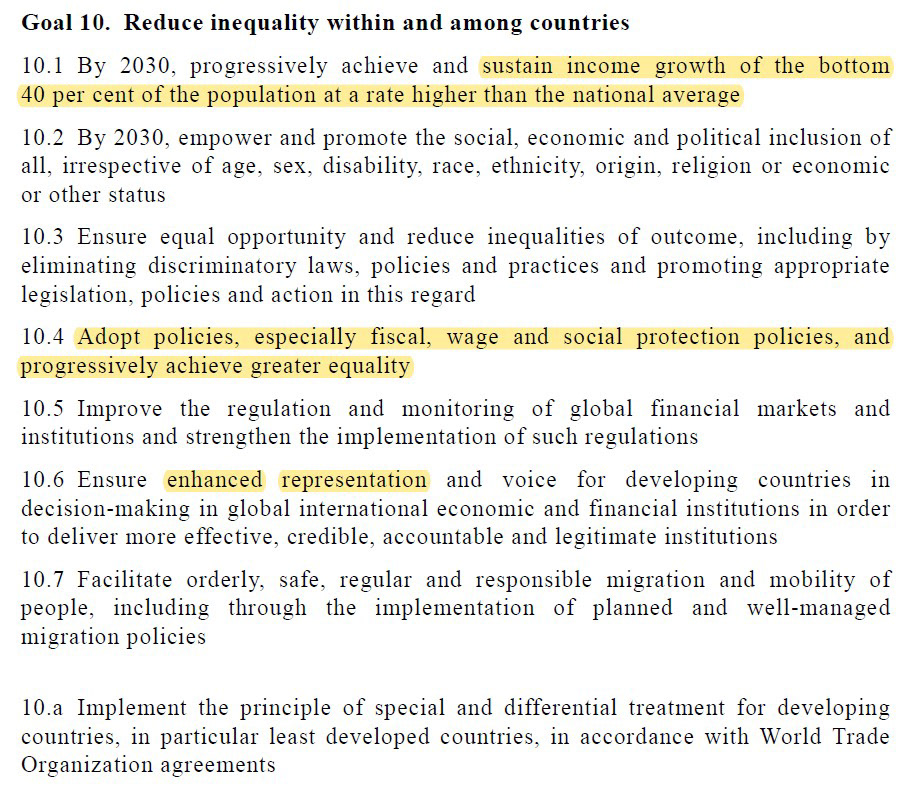

Questions/Observations:
a. Income (and expenditure) inequality: what happens when we shift focus from the production-consumption paradigm?
b. Are people working in informal markets looking for alternative opportunities? If so, why?
c. Do people working in informal markets feel represented at the local, state, national, and international level?
b. Are people working in informal markets looking for alternative opportunities? If so, why?
c. Do people working in informal markets feel represented at the local, state, national, and international level?
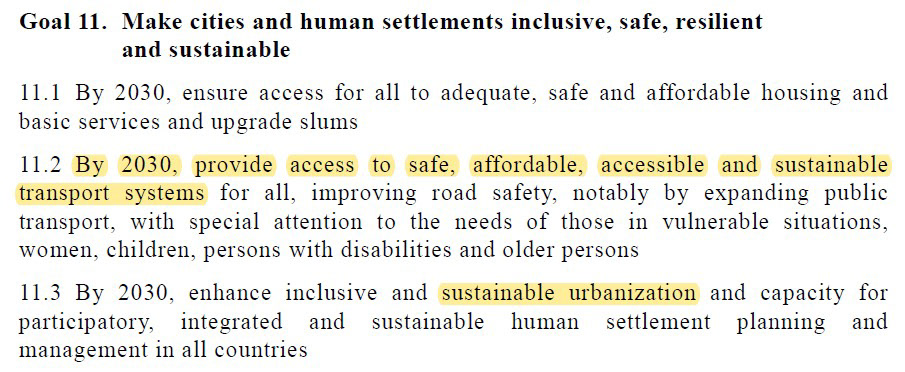
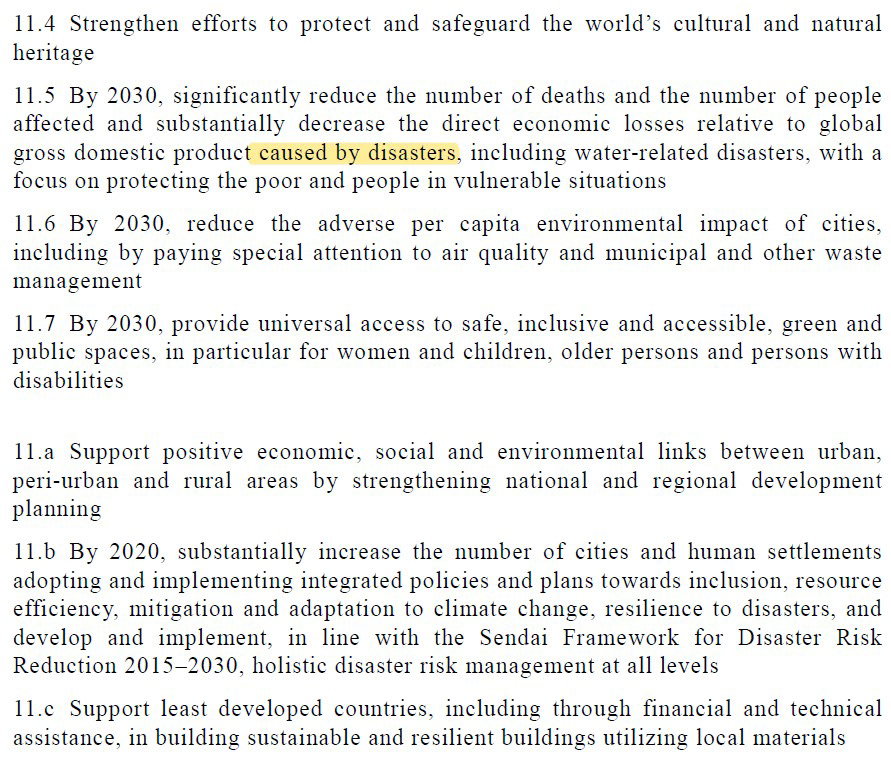
Questions/Observations:
a. Understand how and where from the materials in the informal market come from and what be the effect of a change in the transport infra
b. How much of the informal market comprises of urban dwellers/ what is the overlap between the informal market and the urban site
c. How does the informal market respond to a 'disaster'?
b. How much of the informal market comprises of urban dwellers/ what is the overlap between the informal market and the urban site
c. How does the informal market respond to a 'disaster'?
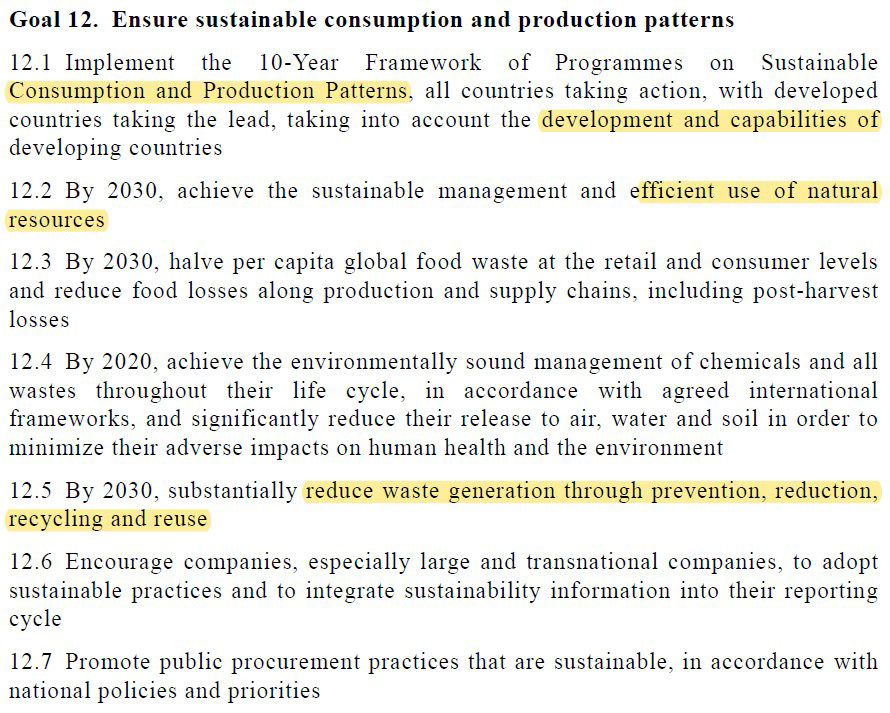
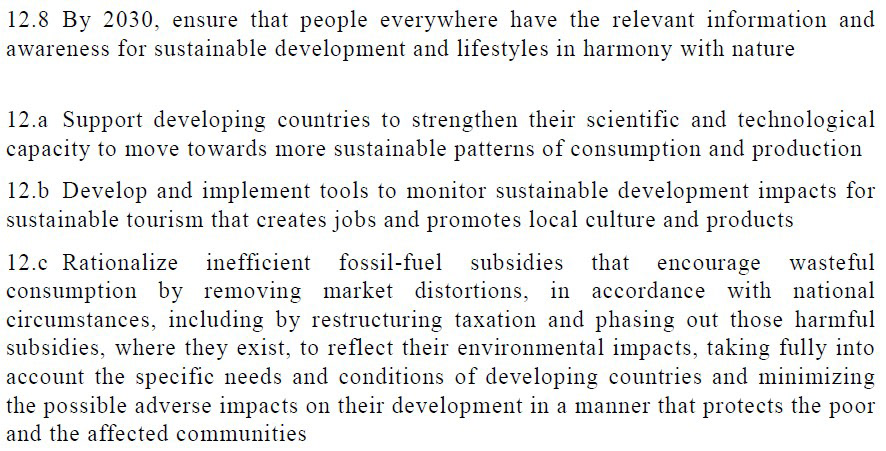
Questions/Observations:
a. How do people in informal market see the connect between production/consumption and 'development'?
b. How do people in informal sector connect with and identify natural resources?
c. How do they identify and connect with the 'waste' their activities directly generate?
b. How do people in informal sector connect with and identify natural resources?
c. How do they identify and connect with the 'waste' their activities directly generate?
Outcome 2: Essay on my Practice of Observation and Documentation